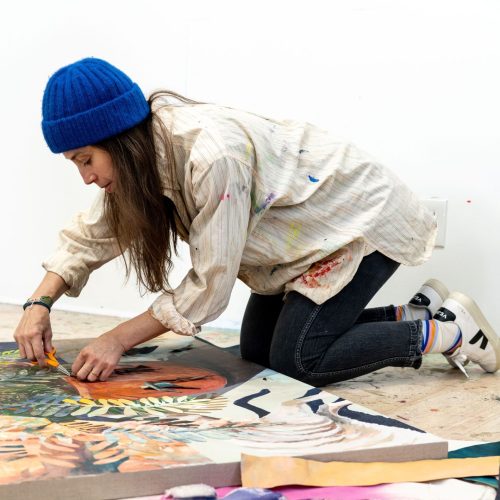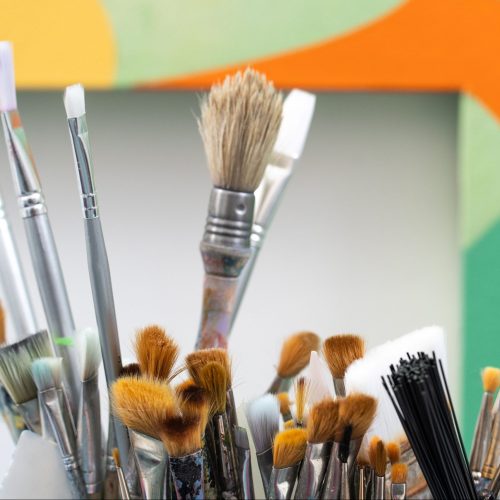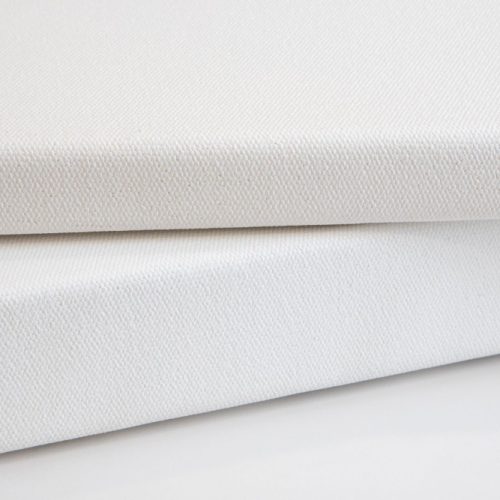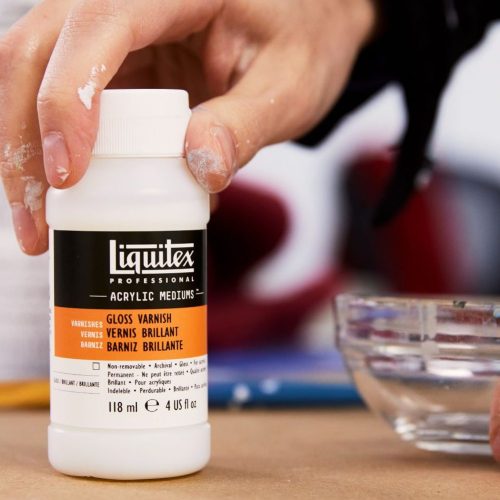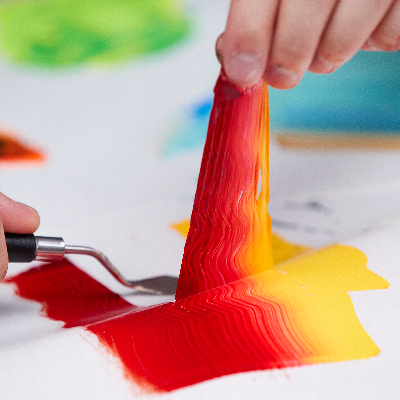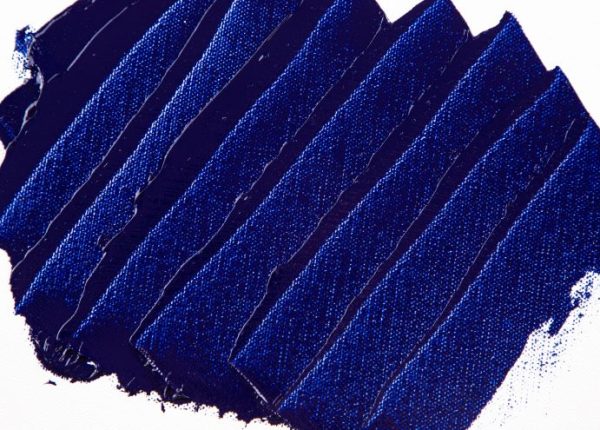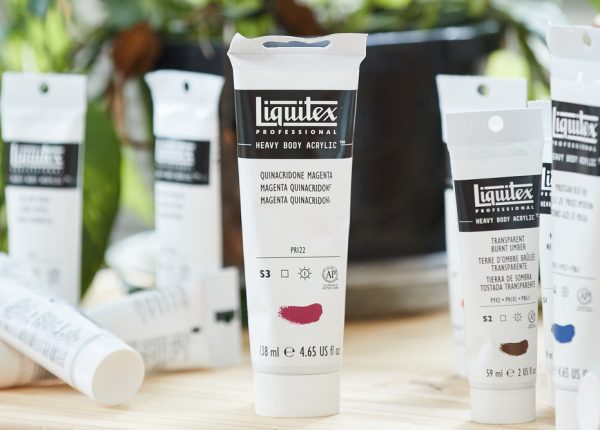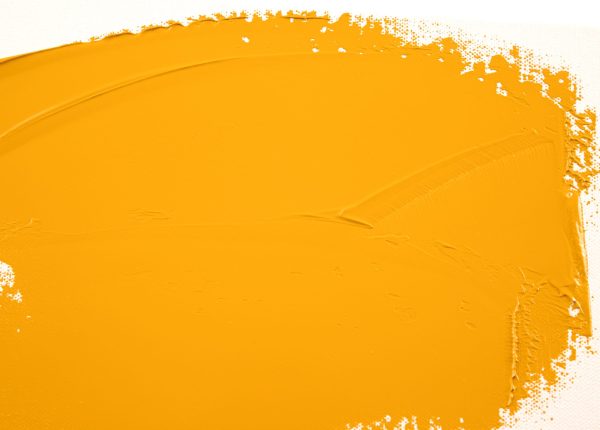How do we develop
a new color?
Welcome to Liquitex Uncapped, a behind the scenes glimpse at all things Liquitex. Enjoy an exclusive look at how your favorite paints and materials come to life.
Technical innovation and color is at the heart of the Liquitex story. Without the right colors, our 65+ year long relationship with artists would be very different.
Collaborative beginnings
New colors join the range periodically, but each has to offer something new and special to fight its way into the Liquitex palette. So how do we go about making a new color? Where do pigments come from and how do the pigments define what we make?
It’s a truly collaborative effort. We get our ideas from all sorts of places. Our internal teams bring feedback from all our friends and community of creatives – from the pro artists we work alongside, all our resident artists, our social followers, art lecturers and student artists we help educate, artists who work in stores and feedback we get from our consumer care teams. We also look at future trends in color and culture so we can predict the kinds of color people may want. Shifts in society. Politics. Technology. All these things affect the colors we are drawn to. We also look at any gaps in our current palette – are there any blues we are missing, are we spread thin on the orange spectrum? We also look at the new pigments coming through from our supply partners. Pigment making is a business which constantly evolves. Has something new been created that we can bring to our artists?
Color chemistry
Once we’ve agreed a color brief, it’s time to make it a reality. For a new pigment, first stop is a detailed safety check. Our materials all go through ACMI accreditation, and our Regulatory experts are super stringent. We ask the pigments history and trace its journey. If a pigment passes their safety analysis, they clarify how much we can safely use in a formulation. Then it's onto the lab feasibility test. Each pigment has a different chemistry - from pH levels to permanence and solubility - so we need to see how stable it will be in our acrylic resin base, how compatible it is to water and acrylic, and how it interacts with different media and materials. The chemists then use their artistry to create the perfect color.
All Liquitex paints are made with the finest quality artists’ pigments available. Our Professional range contains a high concentration (with Acrylic Gouache using the most); for Basics colors we use a little less.
From the lab to your studio
Our chemists use the latest basket bead-mill technology to bring out the best in every pigment. Tiny reinforced ceramic beads give fine dispersion, great color development, strength and brightness. Every color is individually formulated to allow the unique character of each pigment to express itself – whether it’s naturally opaque, semi-opaque or transparent.
Then it's more tests – this time on the paint. We look at opacity, viscosity, density, sheen level, drying time, lightfastness, stability and color reading using a Spectrophotometer. Once the lab gives it the technical green light and the wider team are happy with the color, samples are sent to our in-house artists around the world to trial and feedback on. Once everyone is happy, a new color is approved and onto production. Next stop? Your studio.
